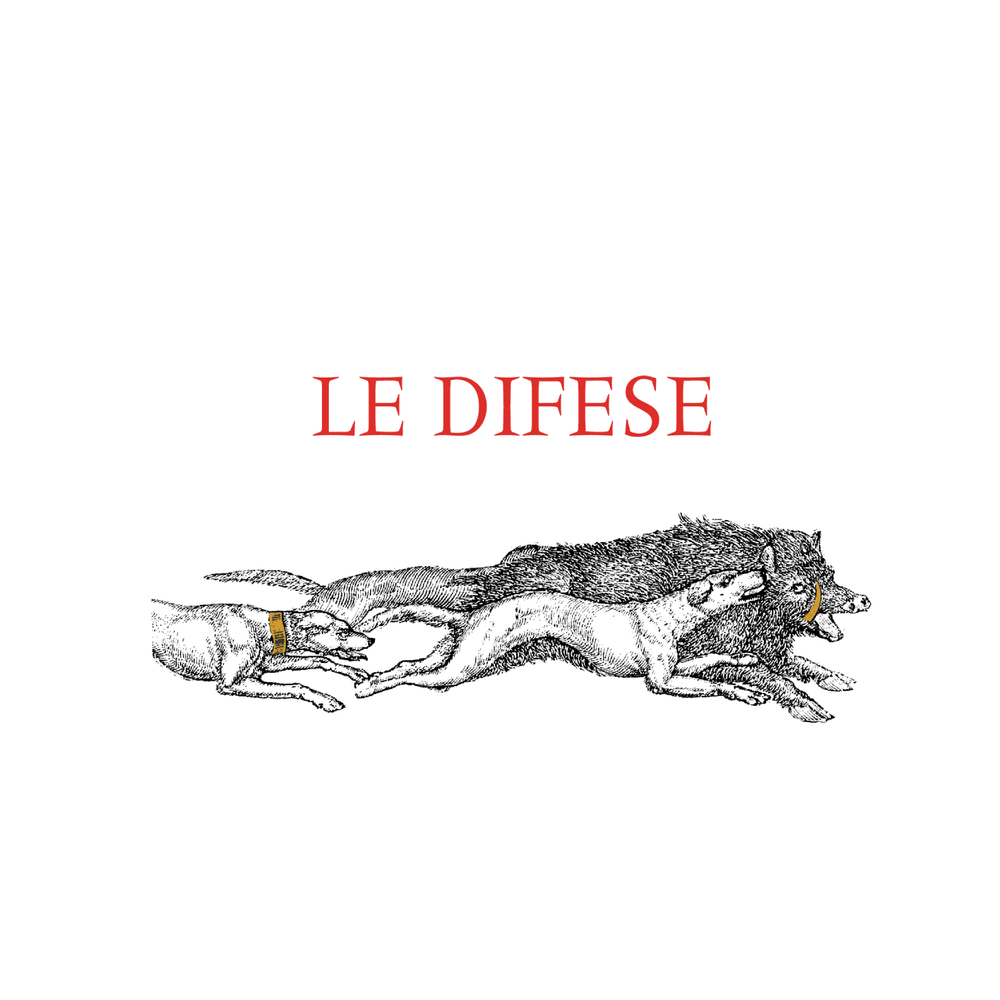Data Sheet
LE DIFESE 2008
CLASSIFICATION
IGT - Toscana
FIRST VINTAGE ON THE MARKET
2002
GRAPES
Cabernet Sauvignon, Sangiovese

Le Difese
SOIL STYLE
The soils on which the vineyards stand has varied and complex terrain features with a strong presence of limestone, feature areas rich in marl and pebbles as well as being partly clayey; they sit at an altitude of between 100 and 300 metres above sea level, with a south/south-west exposure.
WEATHER TRENDS
The winter of the 2008 season was fairly mild and not very wet, with the exception of some precipitation during the first month of the year. Temperatures fell around mid-March, remaining below the seasonal average for about three weeks, which led to a delay in the start of vegetation by approximately 10 days compared to the norm, affecting the subsequent phenological phases (flowering and veraison). Spring was very sunny, but from 10 to 20 May, which corresponded to the flowering period, there were frequent rains as well as a significant drop in temperature. After the May rainfall, the summer season was fairly regular, except for some water stress in the sandier areas and a phase (approximately 2 weeks) of abnormal heat between the end of August and the first 15 days of September. The tramontana wind that characterised the second half of September and caused a consequent lowering of temperatures, led, in the case of later varieties such as Cabernet Sauvignon, to a further lengthening of the ripening cycle and a gain in both aromatic and structural potential, while maintaining a fresh and vibrant acidity.
HARVESTING
Given the favourable climatic conditions, the harvest took place regularly, beginning in the first ten days of September and ending in the first week of October.
FERMENTATION
Careful selection and sorting of the bunches by hand. Soft destemming of the grapes.
Primary fermentation took place in stainless steel vats at a controlled temperature (27-28°C). Maceration on the skins for 13-15 days for the Cabernet Sauvignon and for about 14-18 days for the Sangiovese, with successive phases of pumping over and frequent deléstage to stimulate aromatic extraction and soften the tannins. Malolactic fermentation was carried out in steel and concluded towards the end of November.
AGEING
At the end of the malolactic fermentation, the wine remains in steel for about 3-4 months and temperatures are kept around 10 ° C. Periodic decanting is carried out to eliminate the sediments. The wine then undergoes an aging in wood, with French oak barriques previously used for Sassicaia and Guidalberto, for an average period ranging from 6 to 8 months. At the end of the aging period in wood, the wine returns into the steel tanks where the temperature is stabilized for about 20 days at around 4-5 ° C for the necessary tartaric stabilization, before bottling.